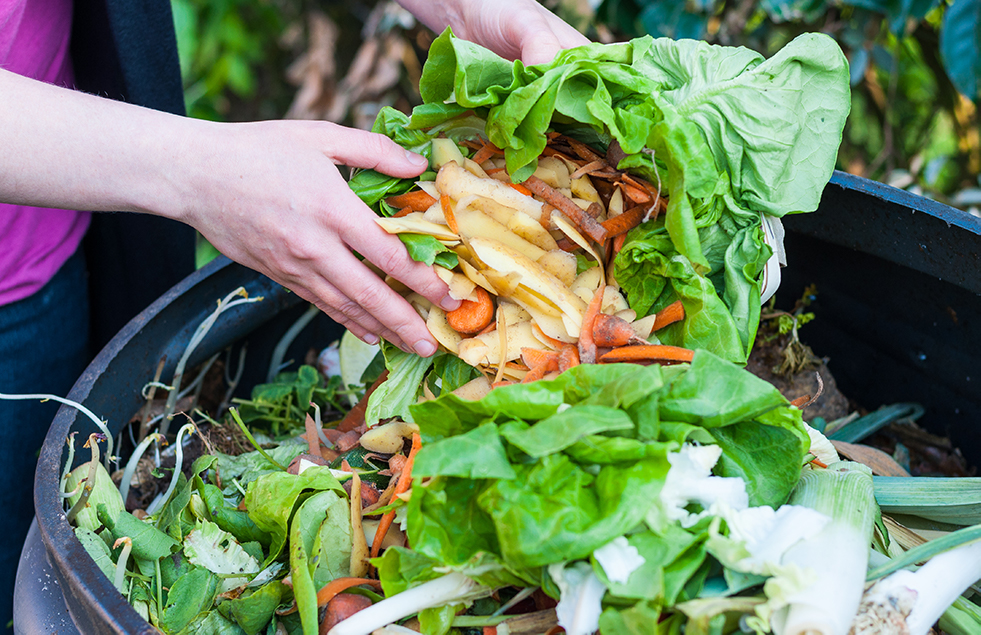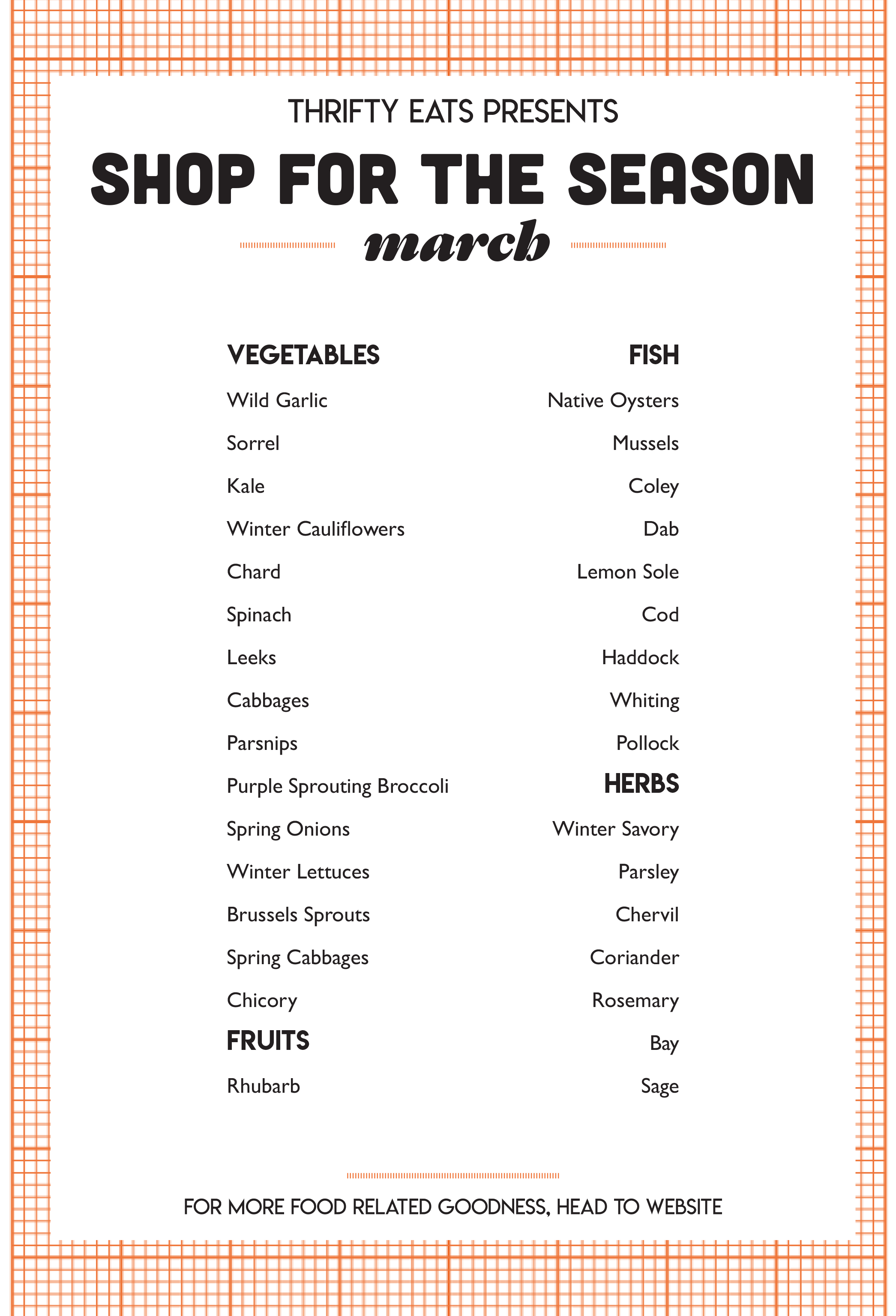No food waste collection? No worries. Start your own compost using your small change

Note: this article relates to outdoor composting. If you have no outdoor space whatsoever then consider a wormery – if you’re not too squeamish then great tutorials for how to start one can be found online. Or consider a Bokashi bin – a DIY tutorial can be found below.
If your area has no food waste collection, it can suck. Food waste taken to landfill does one of two things, both terrible for the environment on the scale in which they take place.
The food either fails to decompose completely, as it becomes trapped and preserved by the non-decomposable material surrounding it. Or, due to its confinement, it decomposes without oxygen in a process called anaerobic digestion. Without any gas capturing mechanisms in place, this type of decomposition releases carbon dioxide and methane into the atmosphere.
But it’s not all bad news.
Firstly, food waste collection isn’t perfect to begin with. Councils can turn it into fertiliser or reproduce the anaerobic digestion described above, capturing and burning the gases to produce energy. But both of those things require lorries to collect the waste and industrial processing to make use of it.
Secondly, you don’t need the council anyway! You can do it yourself just fine. For any pensioners or gardeners this will be preaching to the choir, but to any millennials or soilophobes, all you need to get started recycling your own food waste is a small patch of outdoor space and a fiver to spare. You can even – no – must even use your old newspapers and cardboard boxes in the process too, so it’s doubly beneficial.
Getting started
The first thing to do is get yourself an outdoor dustbin with a lid, 80L should do. Don’t buy yourself a new one if you can avoid it; for a fiver you can buy a used one on Ebay or, even better, an old one to pick up locally from Facebook Marketplace (the cheapest we found was £2.50). If you can find a purpose-built composter, great, but these need slightly different treatment, as we’ll get into.
Now find a way to drill a few holes in the bottom or cut some carefully with a sharp knife. People often think of compost as wet and smelly, but neither should be true when done correctly. If the compost can drain, it shouldn’t smell. If you’ve got yourself a proper composter, add a good layer of sticks at the bottom to aid aeration – we’ll go into why later.
Then grab yourself a few old bricks or a disused wooden pallet and put your bin on top, ideally in a shaded area. This will allow space for drainage, aeration and prevent overheating from sunlight (another cause of smells). Your thrifty compost bin is now complete.
Doing it properly
Now to start using it. Almost everything you’d put in the food waste can go into your compost but it is important to note that there is a difference between rotting and composting. If you add meat and bones, your compost will start to rot, causing smells and attracting flies, maggots and local animals. Meat products require a bokashi bin to pickle and ferment them instead.
Your compost, known as your ‘green material’ can also start to rot if not looked after properly. Avoid this by adding ‘brown material’: every other time you go out to add food waste to your bin, add either some torn up cardboard, newspaper or old dried leaves. This balances out ‘green’ decomposing nitrogen with ‘brown’ decomposing carbon, keeping your compost smell-free.
Finally, you need to turn the material to introduce air. Every now and then, use a pitchfork to give the material a turn. If you don’t have one then simply pick up your bin (lid on) by its handles and give it a good toss, as you would a pan of pasta. For purpose-built composters, this may not be possible due to their size. That’s where the stick layer comes in.
Every six months to a year you’ll have perfect compost at the bottom of your bin. It’ll be easier to get at if you can save to invest in a proper compost bin with a low placed hatch, but this is still a great way to get started. You can use the compost on your own plant beds or, if you don’t have any soil, give it to someone who does. No self-respecting gardener would turn down free compost.

